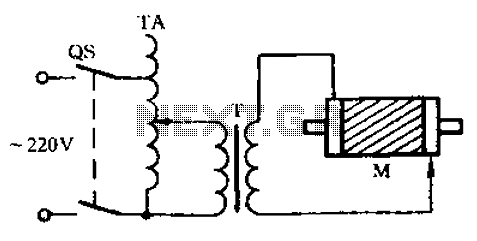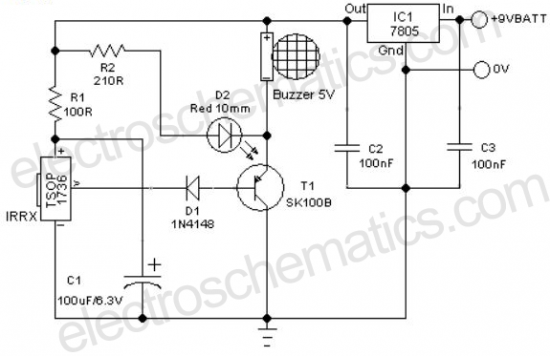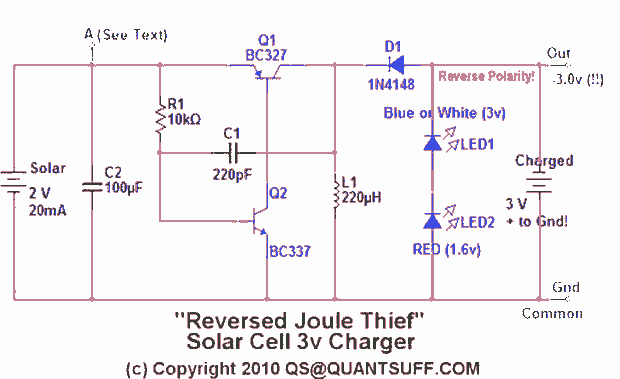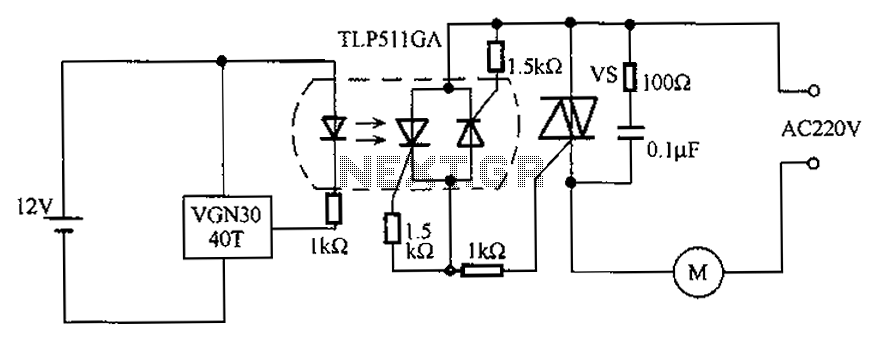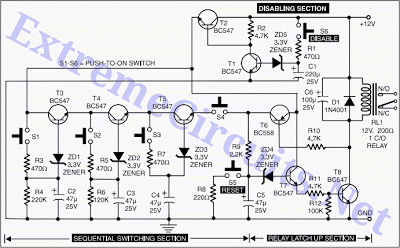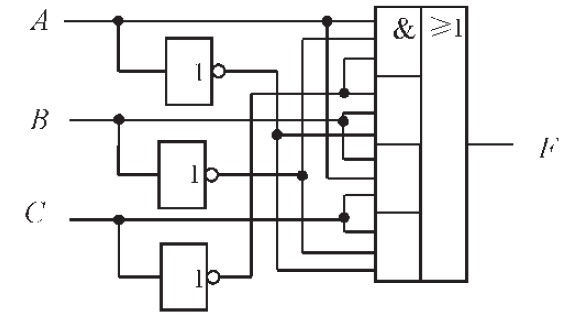
A709 a voltage follower circuit diagram
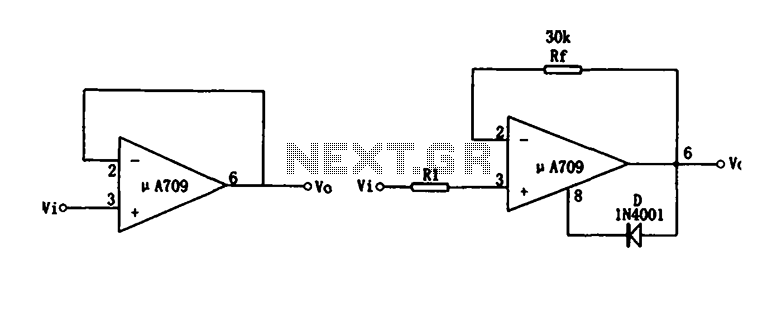
Figure (a) illustrates a voltage follower circuit, which serves as a specific instance of an in-phase amplifying circuit. The input signal originates from an integrated operational amplifier. At the conclusion of the introduction phase, the feedback resistor is set to zero, resulting in strong negative feedback and a highly stable operational amplifier with excellent input impedance. The output resistance is minimal, enabling the circuit to function as an impedance converter. Impedance transformation implies that after amplification, the output voltage closely resembles the electromotive force, with a low output signal source resistance. This circuit is utilized as an input stage, intermediate buffer stage, and output stage. The fundamental relationship of the circuit can be expressed as follows: Vi + Vis = Vo, where A represents the open-loop voltage amplification factor, and Vis denotes the pure operational amplifier input voltage. When the amplitude of the input signal approaches the positive supply voltage of the operational amplifier, deadlock may occur, preventing normal output signals. This issue arises from positive feedback and internal parasitic oscillations within the operational amplifier. To mitigate this phenomenon, the configuration shown in Figure (b) may be employed.
The voltage follower circuit, also known as a unity gain buffer, is characterized by its ability to provide high input impedance and low output impedance. This feature is particularly advantageous in applications where signal integrity must be maintained during transmission, as it prevents loading effects on the preceding stage. The operational amplifier's configuration allows it to replicate the input voltage at the output, ensuring that the output follows the input without amplification.
In practical applications, the voltage follower is frequently used in sensor interfaces, where the signal from a sensor must be buffered before being sent to an analog-to-digital converter (ADC) or further processing stages. The high input impedance ensures that the sensor's output is not significantly affected by the circuit's loading, preserving the accuracy of the measurement.
In the context of the operational amplifier's performance, the stability of the circuit is paramount. The presence of strong negative feedback enhances the linearity and reduces distortion, making the voltage follower suitable for high-fidelity applications. However, care must be taken to avoid conditions that could lead to instability, such as excessive input signal amplitudes that approach the power supply limits of the operational amplifier. In such cases, the circuit may enter a state of saturation, resulting in a loss of linearity and potential distortion of the output signal.
To prevent instability caused by internal oscillations, additional components such as compensating capacitors or resistors may be introduced in the feedback path. These components can help to stabilize the operational amplifier's response, ensuring consistent performance across a range of operating conditions. Additionally, selecting operational amplifiers with suitable bandwidth and slew rate specifications is critical to maintaining the desired performance characteristics in voltage follower applications.Figure (a) shows the circuit as a voltage follower, it is a special case of the in-phase amplifying circuit, the input signal from the integrated operational amplifier with the end of the introduction phase, the feedback resistor is zero, negative feedback is very strong, very stable op amp input impedance great. Output resistance is very small, so this circuit has an impedance conversion function. Impedance transformation means effect the so-called after amplifying a voltage follower, the output voltage is approximately equal to the electromotive force and the output signal source resistance is small.
The circuit is used as an input stage, an intermediate buffer stage and an output stage. The basic relationship of the circuit as follows: Vi + Vis Vo Vo -AVis Where: A-- the open-loop voltage amplification factor; Vis-- pure op amp input voltage; This circuit, when the voltage of the input signal amplitude is increased to nearly the op amps positive supply voltage, the deadlock may occur that will not be the normal output signal, which is due to the positive feedback op amp internal parasitic oscillations produced. In order to prevent this phenomenon, may be employed in Fig (b)
The voltage follower circuit, also known as a unity gain buffer, is characterized by its ability to provide high input impedance and low output impedance. This feature is particularly advantageous in applications where signal integrity must be maintained during transmission, as it prevents loading effects on the preceding stage. The operational amplifier's configuration allows it to replicate the input voltage at the output, ensuring that the output follows the input without amplification.
In practical applications, the voltage follower is frequently used in sensor interfaces, where the signal from a sensor must be buffered before being sent to an analog-to-digital converter (ADC) or further processing stages. The high input impedance ensures that the sensor's output is not significantly affected by the circuit's loading, preserving the accuracy of the measurement.
In the context of the operational amplifier's performance, the stability of the circuit is paramount. The presence of strong negative feedback enhances the linearity and reduces distortion, making the voltage follower suitable for high-fidelity applications. However, care must be taken to avoid conditions that could lead to instability, such as excessive input signal amplitudes that approach the power supply limits of the operational amplifier. In such cases, the circuit may enter a state of saturation, resulting in a loss of linearity and potential distortion of the output signal.
To prevent instability caused by internal oscillations, additional components such as compensating capacitors or resistors may be introduced in the feedback path. These components can help to stabilize the operational amplifier's response, ensuring consistent performance across a range of operating conditions. Additionally, selecting operational amplifiers with suitable bandwidth and slew rate specifications is critical to maintaining the desired performance characteristics in voltage follower applications.Figure (a) shows the circuit as a voltage follower, it is a special case of the in-phase amplifying circuit, the input signal from the integrated operational amplifier with the end of the introduction phase, the feedback resistor is zero, negative feedback is very strong, very stable op amp input impedance great. Output resistance is very small, so this circuit has an impedance conversion function. Impedance transformation means effect the so-called after amplifying a voltage follower, the output voltage is approximately equal to the electromotive force and the output signal source resistance is small.
The circuit is used as an input stage, an intermediate buffer stage and an output stage. The basic relationship of the circuit as follows: Vi + Vis Vo Vo -AVis Where: A-- the open-loop voltage amplification factor; Vis-- pure op amp input voltage; This circuit, when the voltage of the input signal amplitude is increased to nearly the op amps positive supply voltage, the deadlock may occur that will not be the normal output signal, which is due to the positive feedback op amp internal parasitic oscillations produced. In order to prevent this phenomenon, may be employed in Fig (b)
Warning: include(partials/cookie-banner.php): Failed to open stream: Permission denied in /var/www/html/nextgr/view-circuit.php on line 713
Warning: include(): Failed opening 'partials/cookie-banner.php' for inclusion (include_path='.:/usr/share/php') in /var/www/html/nextgr/view-circuit.php on line 713
